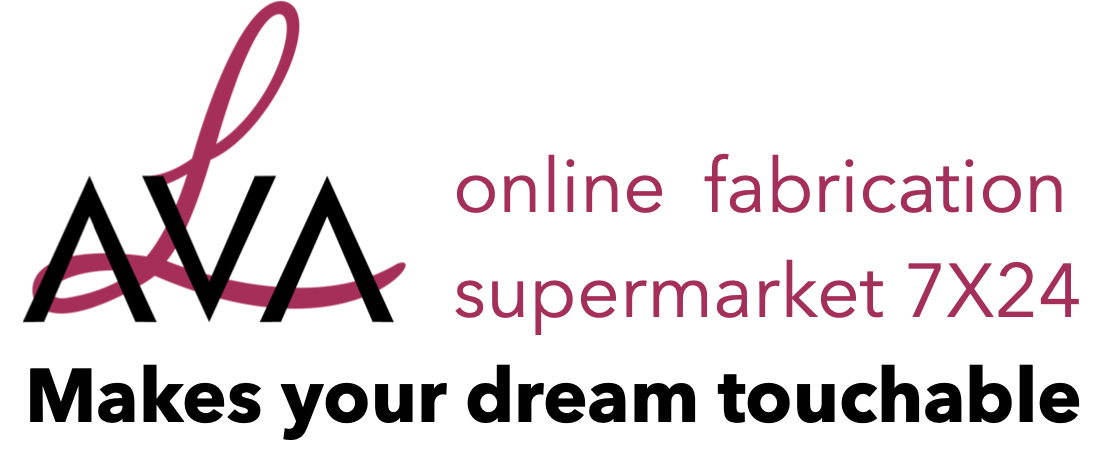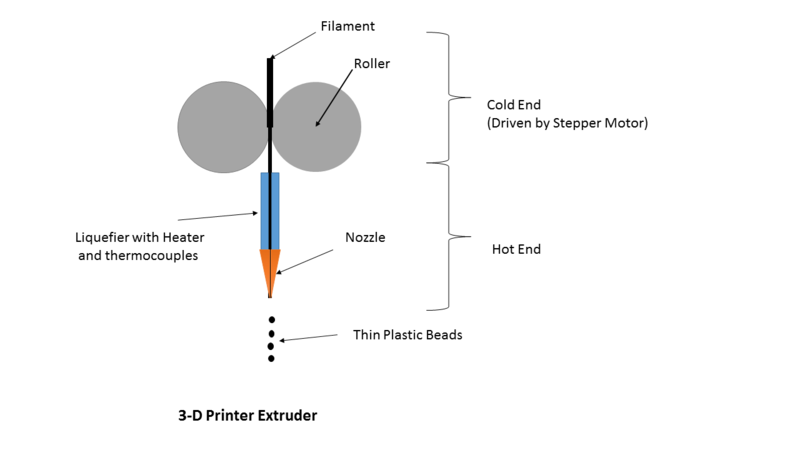Fused Deposition Modeling FDM
What is FDM?
3D printing technology FDM, full name Fused Deposition Modeling, is the most common 3D printing technology. FDM printers use thermoplastic filaments, heat them to their melting point, and extrude them layer by layer to create 3D objects. The technology behind FDM was invented in the 1980s by Scott Crump, co-founder and chairman of Stratasys Ltd., a 3D printer manufacturer.
How does FDM work?
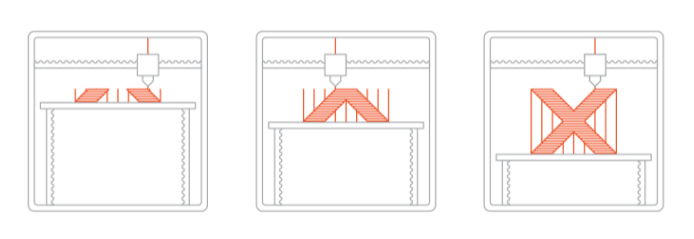
First, you need to use computer software to create a computer-aided design (CAD) file, usually in .STL format. Then convert the file into a language code recognized by the printer and provide it to the printer.
The materials used in FDM printers are in the form of plastic threads or filaments. During the printing process, it is unrolled from the coil and fed through the extrusion nozzle. The nozzle melts the filaments and extrudes them onto the base, sometimes called a build platform or workbench. The extrusion nozzle is controlled by the computer on the construction platform to move according to the path designed by the code. After completing one layer, raise the nozzle and proceed to the next layer. Repeat layer by layer until the object is printed.
After the object is printed, remove it from the printer platform and remove the supporting material. Objects can also be polished, milled, painted or electroplated to improve their function and appearance.
Advantages of FDM
- Ease of operation is a big advantage of FDM 3D printing.
- Compared with other types of 3D printing technology, FDM 3D printing is cheaper. The materials used are cheaper than those used in SLS and SLA 3D printing.
- There is a wide range of materials available, and all materials are easy to use and economical. You can also use multiple materials at the same time, which helps to create complex objects, and you can also use multiple colors for printing, providing versatility and flexibility.
Disadvantages of FDM
FDM printing is relatively slow. The printing time depends on the size of the object being manufactured. Small objects (only a few cubic inches) and tall and thin objects can be printed quickly, while larger and more complex geometrical objects take longer to print.
LAVA FDM 3D Printing
Since FDM 3D printing is cheaper than other 3D printing technologies, it is an easy printing technology for lava customers. The printing material used is filament, such as ULTEM ® 9085 Filament, ppsf / PPSU Filament, ABS Filament, etc.
Here are some products manufactured with FDM 3D printing technology:
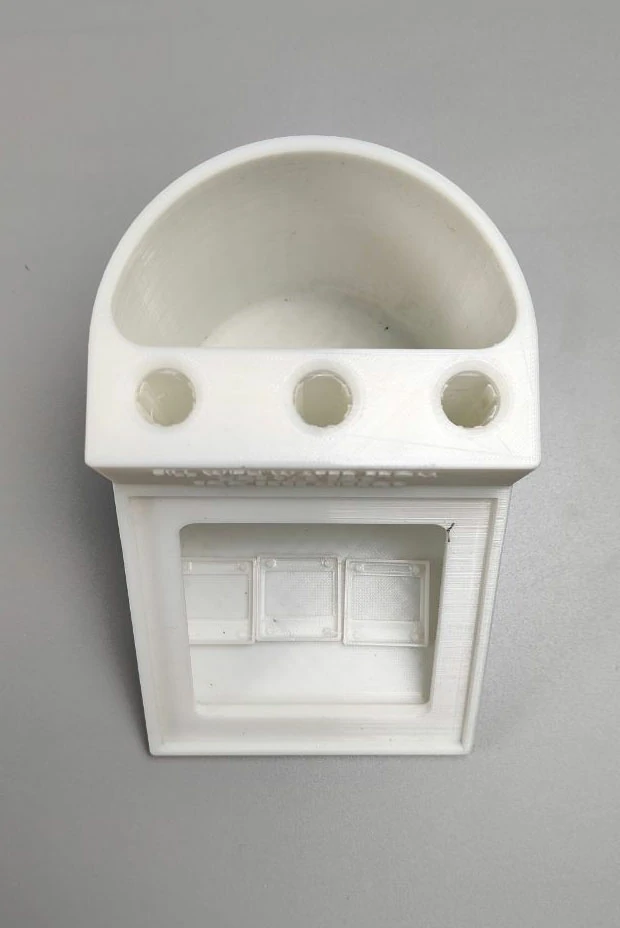
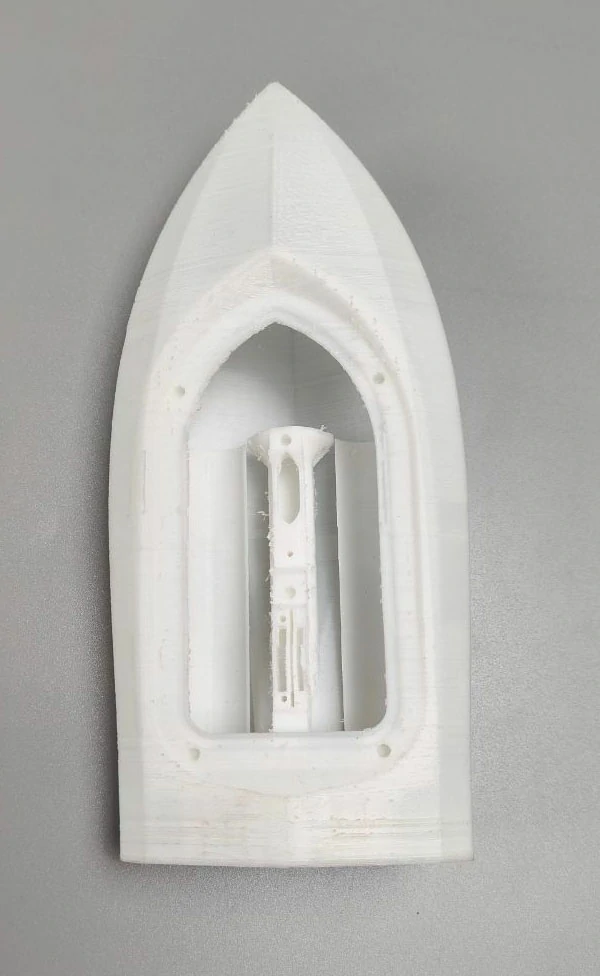
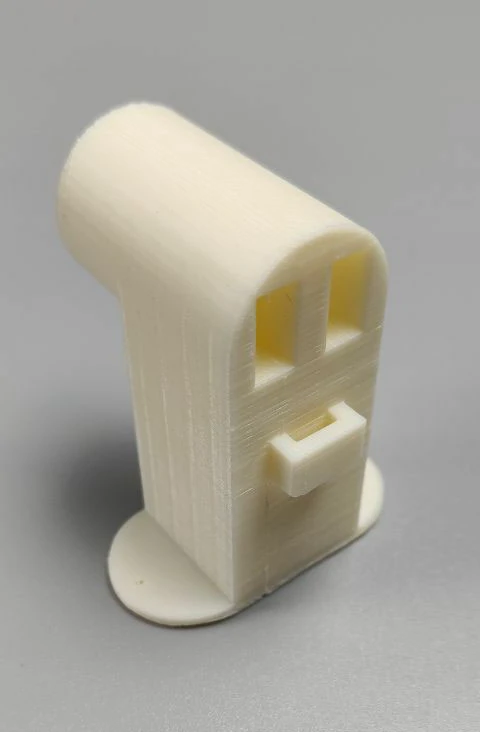
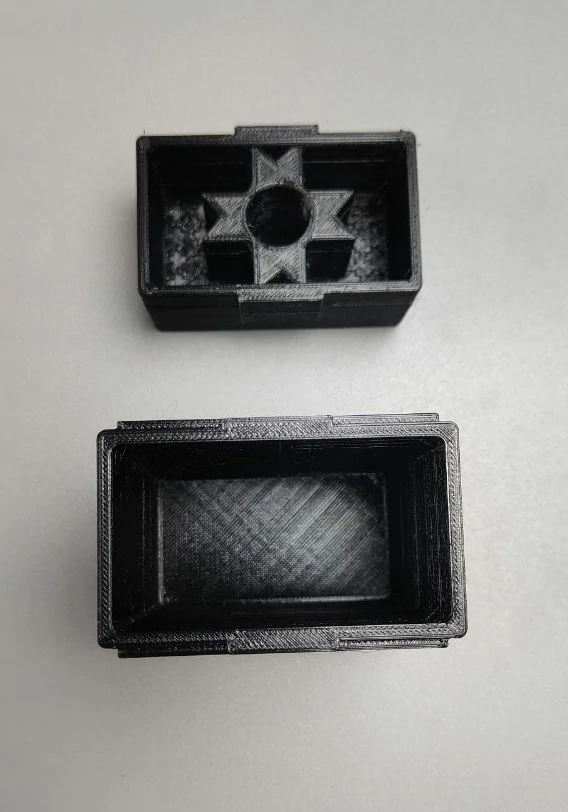
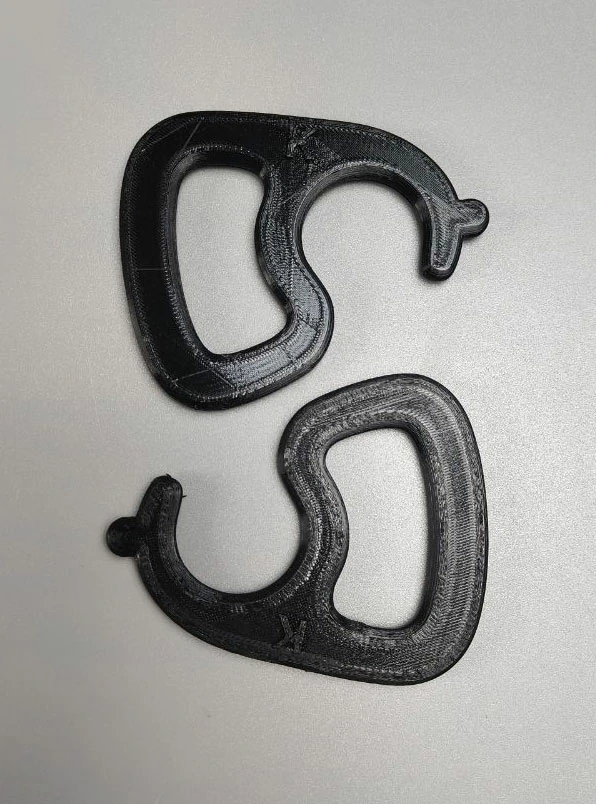
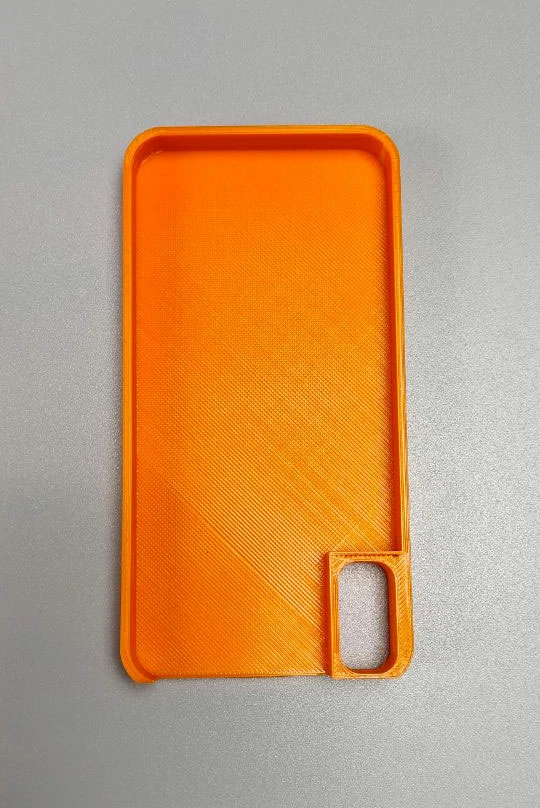
Contact Us
If you have any questions or needs for 3D printing, please contact us and we will reply you soon.
